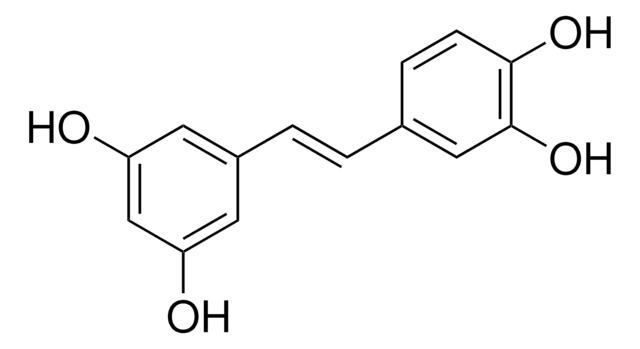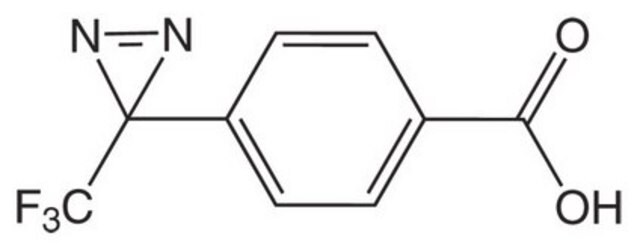P8615
Phosphoinositide 3-kinase p110γ human
≥95% (SDS-PAGE), recombinant, expressed in baculovirus infected insect cells, buffered aqueous glycerol solution
Sinónimos:
PI3K p110γ human, Phosphatidylinositol 3-kinase p110γ human
About This Item
Productos recomendados
recombinant
expressed in baculovirus infected insect cells
Quality Level
assay
≥95% (SDS-PAGE)
form
buffered aqueous glycerol solution
specific activity
~4.5 units/mg protein
UniProt accession no.
shipped in
dry ice
storage temp.
−70°C
Gene Information
human ... PIK3CG(5294)
General description
Biochem/physiol Actions
Unit Definition
Physical form
Storage Class
10 - Combustible liquids
wgk_germany
WGK 1
flash_point_f
Not applicable
flash_point_c
Not applicable
Elija entre una de las versiones más recientes:
¿Ya tiene este producto?
Encuentre la documentación para los productos que ha comprado recientemente en la Biblioteca de documentos.
Artículos
Glucose metabolism is regulated by the opposing actions of insulin and glucagon. Insulin is released from pancreatic ß cells in response to high blood glucose levels and regulates glucose metabolism through its actions on muscle, liver, and adipose tissue.
We present an article about how proliferating cells require the biosynthesis of structural components for biomass production and for genomic replication.
Nuestro equipo de científicos tiene experiencia en todas las áreas de investigación: Ciencias de la vida, Ciencia de los materiales, Síntesis química, Cromatografía, Analítica y muchas otras.
Póngase en contacto con el Servicio técnico








